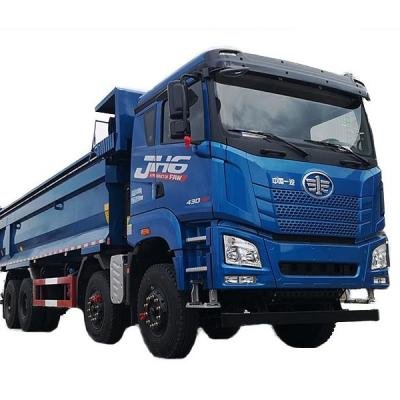Step-by-Step Guide to Importing Chinese Cars

Importing Chinese cars can be a lucrative and exciting venture. With the increasing popularity and competitiveness of Chinese automotive brands, the demand for these vehicles is rising globally. This guide will take you through the entire process, ensuring you understand each step and can successfully import Chinese cars to your country.
1. Research and Planning
Understanding the Market
Before importing, it's crucial to research the market demand for Chinese cars in your country. Identify the popular models, brands, and features that potential buyers are looking for. This information will help you make informed decisions about which cars to import and how to market them effectively.
Budget and Costs
Calculate the overall costs involved in importing cars, including purchase price, shipping fees, import duties, taxes, and any additional expenses. Ensure that your budget aligns with the market prices and potential profit margins. Proper financial planning will help you avoid unexpected costs and ensure a profitable venture.
2. Finding Reliable Suppliers
Selecting Chinese Car Manufacturers
Identify reputable Chinese car manufacturers and suppliers. Look for companies with a strong track record, quality certifications, and positive customer reviews. Establishing a good relationship with the supplier is essential for smooth transactions. Reliable suppliers will provide high-quality vehicles and support throughout the import process.
Verification and Negotiation
Verify the authenticity and reliability of the chosen suppliers. Negotiate the terms of the purchase, including price, payment methods, delivery timelines, and warranty policies. Ensure all agreements are documented in a contract. Clear and transparent communication with suppliers will help prevent misunderstandings and ensure a smooth import process.
3. Navigating Import Regulations
Understanding Import Laws
Familiarize yourself with the import regulations and laws in your country. This includes emission standards, safety regulations, and compliance requirements. Contact the relevant authorities for detailed information and guidance. Understanding the legal requirements will help you avoid penalties and ensure your imported cars are compliant with local laws.
Obtaining Import Licenses
Apply for the necessary import licenses and permits from your local government. This step may involve submitting various documents, including proof of purchase, compliance certificates, and insurance policies. Timely acquisition of all required licenses and permits is crucial to avoid delays and legal complications.
4. Shipping and Logistics
Choosing a Shipping Method
Select a reliable shipping method for transporting the cars. Options include container shipping, roll-on/roll-off (RoRo) shipping, and air freight. Each method has its own advantages and cost implications. Choose the method that best fits your budget and timeline, ensuring the safe and timely arrival of your vehicles.
Handling Customs Clearance
Work with a customs broker to handle the customs clearance process. Ensure all required documents are prepared, including invoices, shipping manifests, and customs declarations. Pay any applicable duties and taxes. A customs broker will help streamline the process, ensuring compliance with all regulations and avoiding unnecessary delays.
5. Receiving and Inspecting the Cars
Inspection and Documentation
Once the cars arrive, inspect them thoroughly for any damage or discrepancies. Cross-check the received vehicles with the purchase order and shipping documents. Document any issues and report them to the supplier immediately. Proper inspection ensures that you receive the vehicles in the expected condition and can address any problems promptly.
Registration and Compliance
Register the imported cars with the local authorities and ensure they meet all compliance requirements. This may involve additional inspections, modifications, or certifications to meet local standards. Ensuring compliance with local regulations is essential for legal operation and sale of the vehicles.
6. Marketing and Selling the Cars
Developing a Marketing Strategy
Create a marketing strategy to promote the imported Chinese cars. Utilize online platforms, social media, and local dealerships to reach potential buyers. Highlight the unique features and benefits of Chinese automotive brands. A well-planned marketing strategy will help attract customers and drive sales.
Customer Service and Support
Provide excellent customer service and after-sales support to build a strong reputation and encourage repeat business. Offer warranties, maintenance services, and a reliable supply of spare parts to ensure customer satisfaction. Excellent customer service is key to building a loyal customer base and maintaining a positive reputation.
Importing Chinese cars can be a rewarding business venture with the right approach and careful planning. By following this step-by-step guide, you can navigate the complexities of the import process and successfully introduce Chinese automotive brands to your local market.










